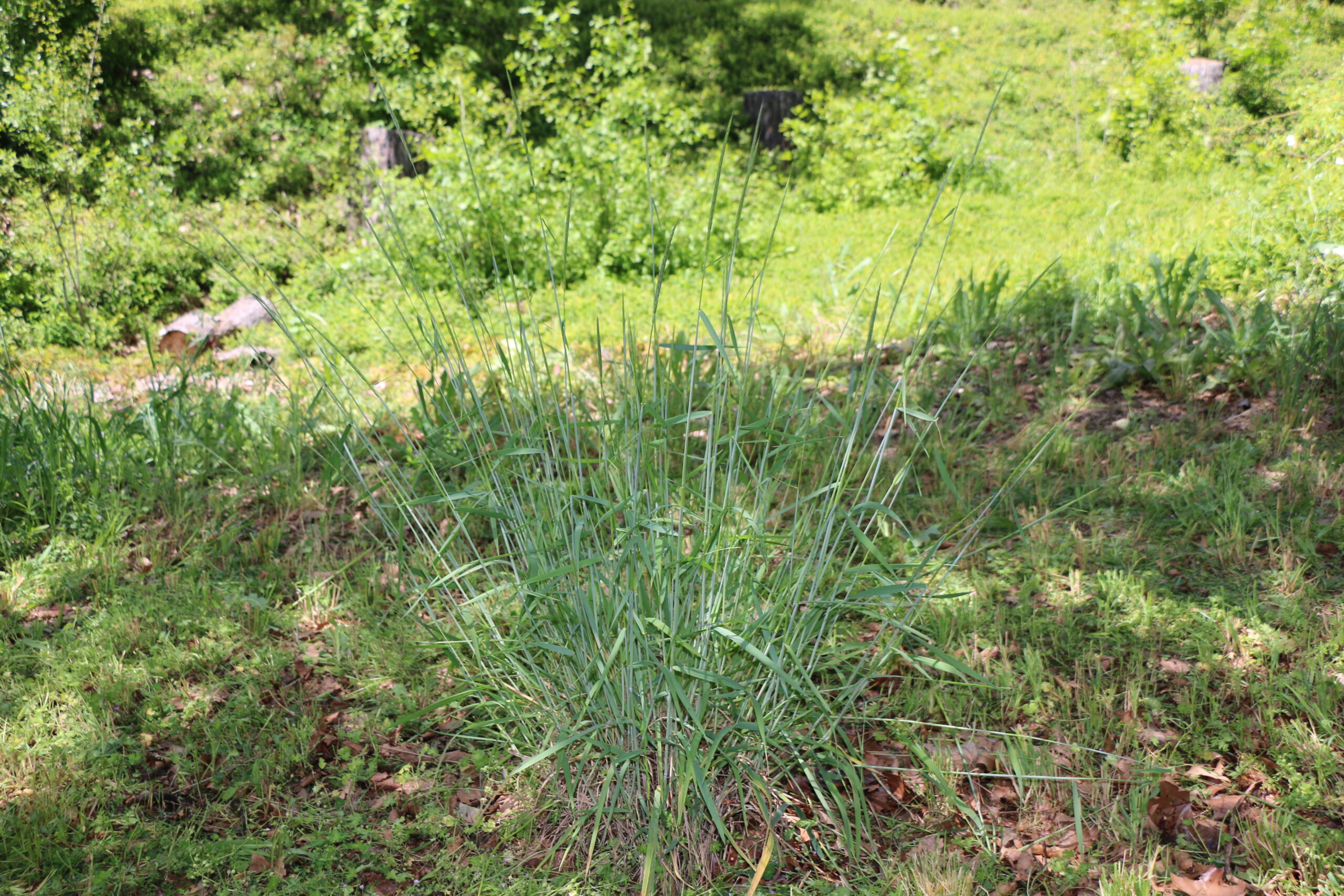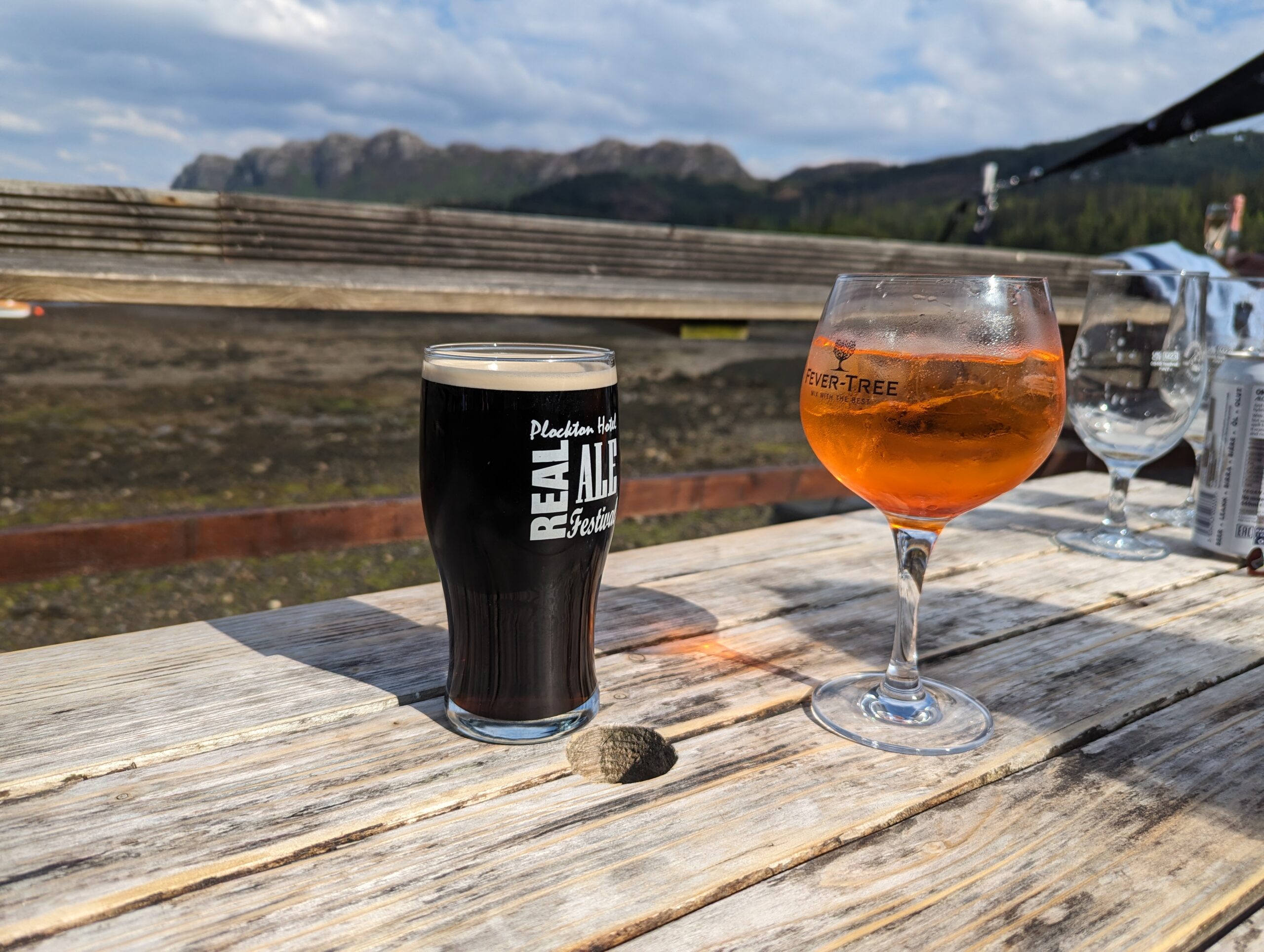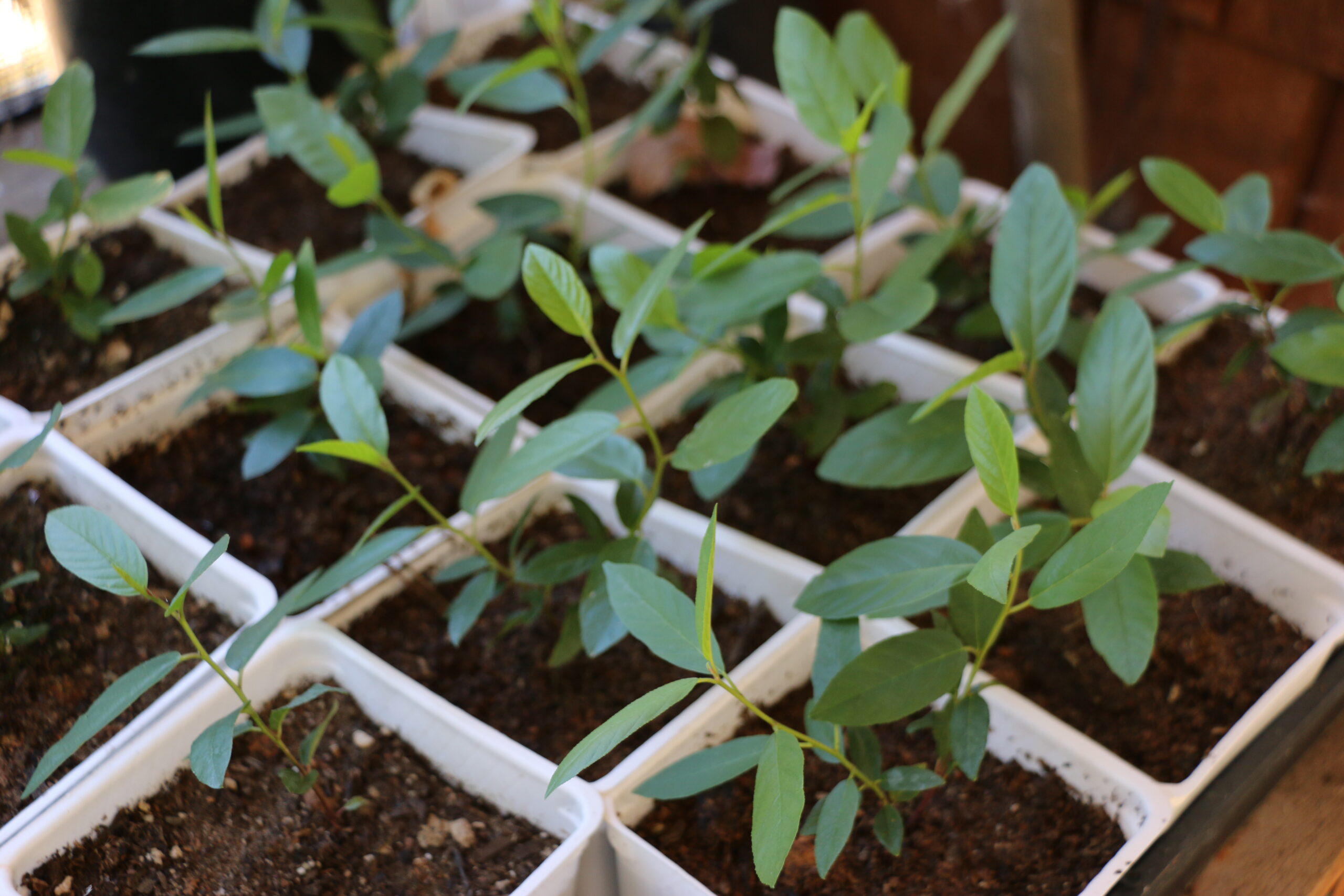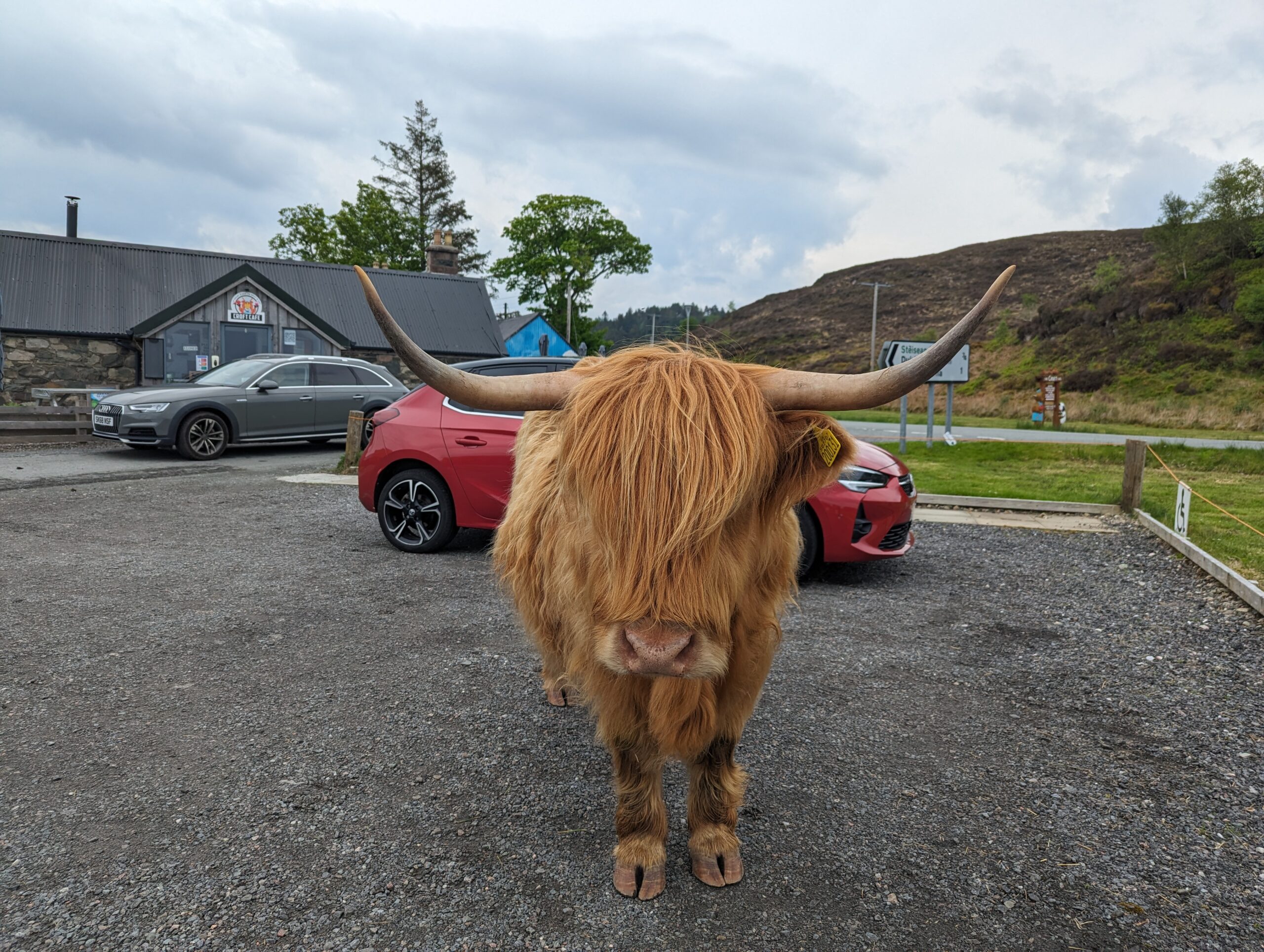With spring coming on everything seems to be growing right before your eyes as you sit and watch it out in the garden. Emily Murphy speaks often on “re-wilding” our gardens. Native grasses are an easy and beautiful way to get started. as I hike some of the trails near where we live, I’ll be getting photographs of native bunch grasses that are easily obtained and easy to grow. Today let’s have a look at Blue Wild Rye!
Blue Wild Rye (Elymus glaucus) is a captivating grass known for its attractive blue hue. This grass came up in our garden and it’s quickly become a favorite of mine.
Blue Wild Rye is an erect, cool-season perennial bunchgrass. It is upright and quite linear with bristly leaves that are a striking blue-green color, reaching up to 12 inches in length.
In the early to mid-summer months, flower spikes that can reach heights of up to 5 feet tower above the foliage. These photos were taken on April 27, (we had almost an inch of rain yesterday!) and the grass is in dappled shade under our sycamore. It will do fine in full sun, but I think the shade helps to bring out the cool, blue color of the foliage. This photo with the white backdrop helps to show its structure.
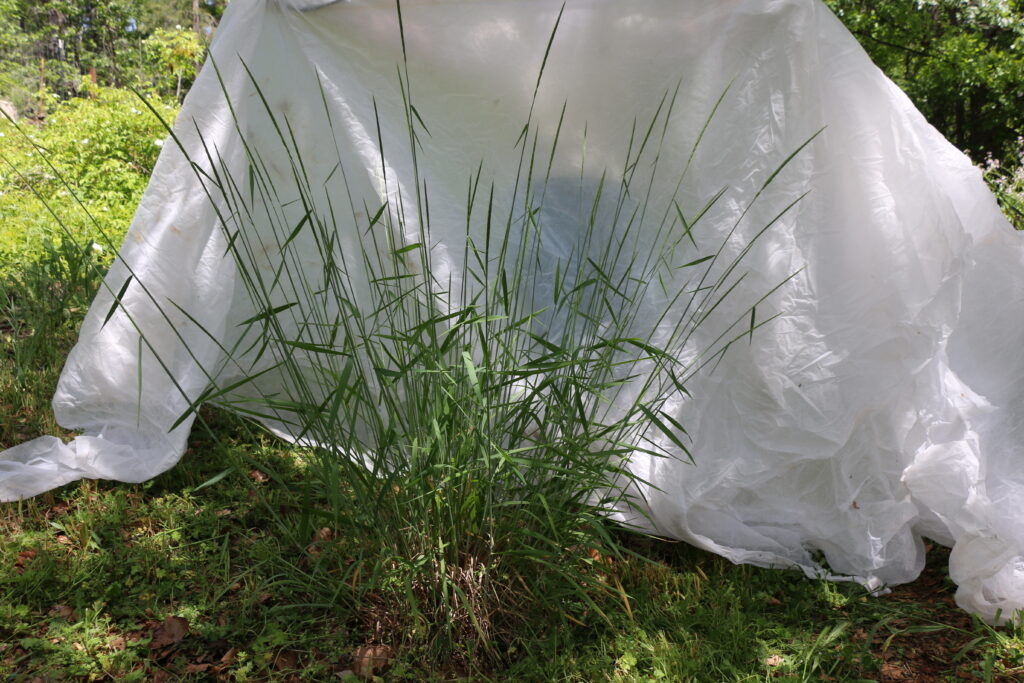
Inflorescence: Its inflorescence (flower of a grass) consists of a dense, erect, narrow spike (2-6 inches long) composed of a few spikelets. These spikes gently nod and gracefully sway in the breeze – one of the things I really like about any of the ornamental grasses, native or not. As fall approaches, both the foliage and spikes gradually turn straw-colored.
Its native range goes across western North America, from Alaska to New Mexico, norther Arizona, California and Mexico. So, pretty much wherever you live this species should do well in your garden. Deer don’t seem to care for it, and it is a wonderful accent plant in the landscape, especially for meadow and prairie gardens.
It’s easy to grow from seed. I gathered seed from these plants last fall and simply hand-scattered them in a planting flat with seed starter potting soil and let nature take over from there. The seed sprouted within a few weeks and the seedlings were transplanted into 4-inch pots where they grew rapidly.
This grass has a vigorous, fibrous root system making it suitable for erosion control. It thrives in stream bank restoration, meadows, and swales, but, as you can see from the photos it does very well in dry land conditions with no irrigation. It’s also excellent for reseeding burned or disturbed areas in oak woodlands or forests as it is tolerant of fire, it burns quickly but the roots survive.
It is also a good wildlife species as it attracts various insects, especially bees and butterflies. The genus Elymus is host plant for the Woodland Skipper butterfly and Chytonix (Cloaked Marvel) moth.
It’s easy to design with as it can be combined with virtually any woodland or chaparral plants and low-growing Erigeron planted around its base can create a really stunning composition.
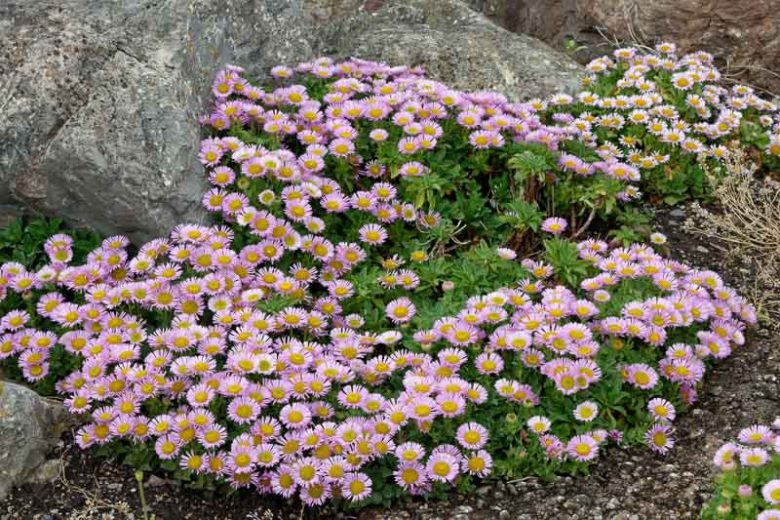
And, its not fussy about soil conditions; tolerates a wide range, including even serpentine. Maintenance is easy, simply cut it down to ground level in late autumn and wait for it to emerge come spring.
Next time you encounter this grass, appreciate its contribution to natural ecosystems and its aesthetic appeal!
Happy Gardening!
